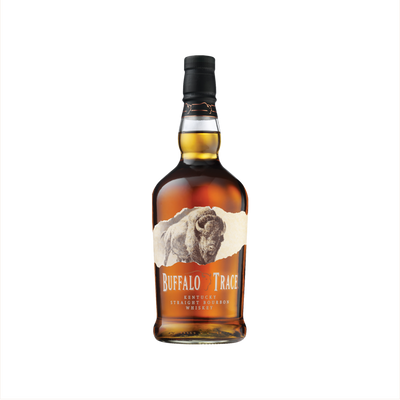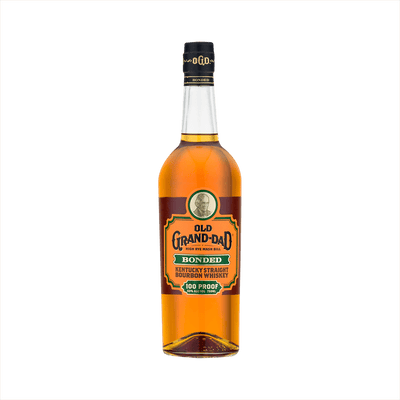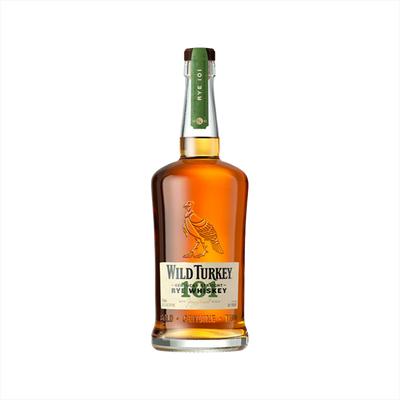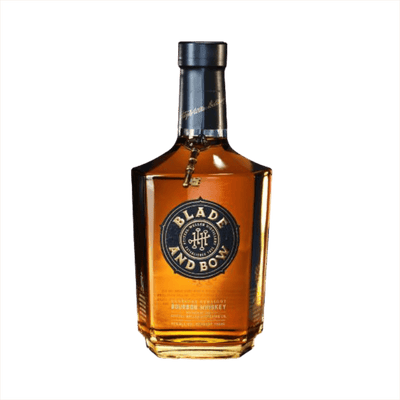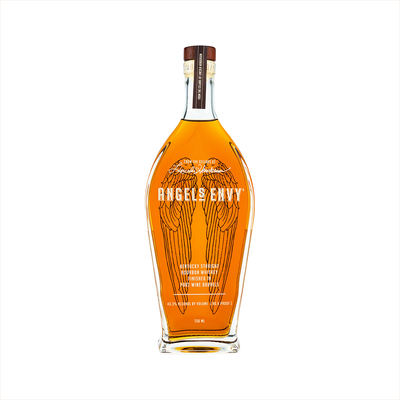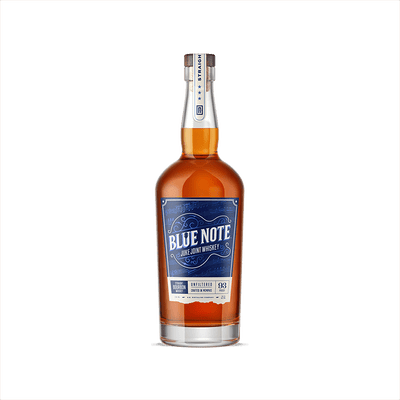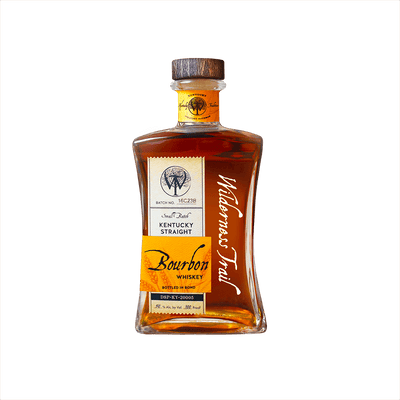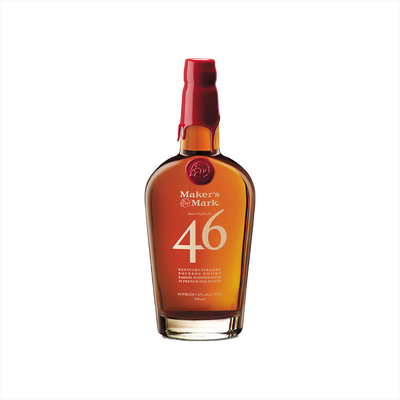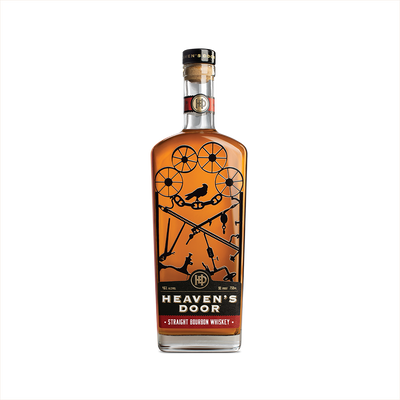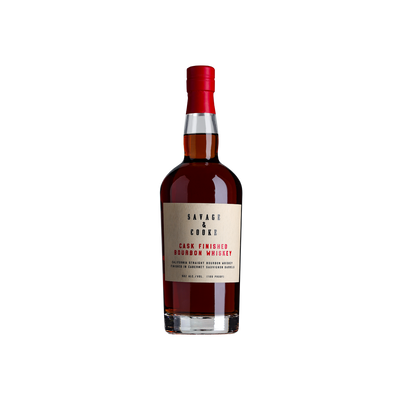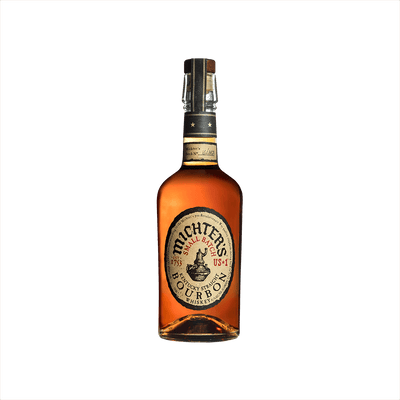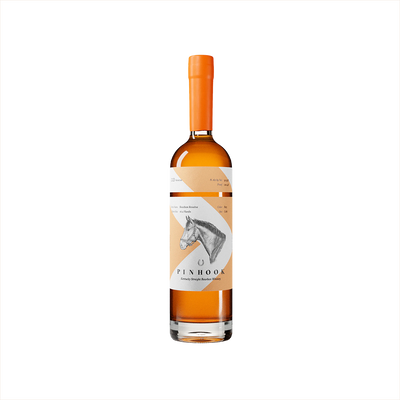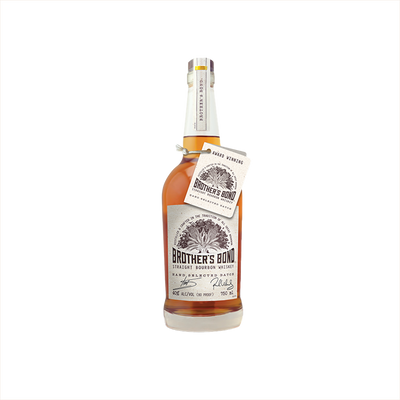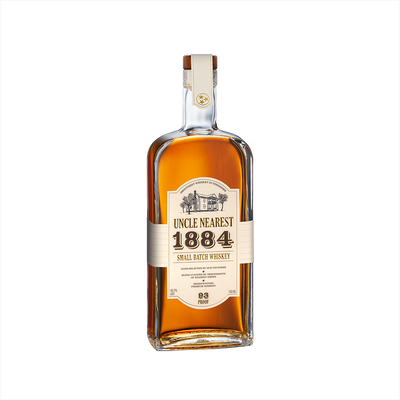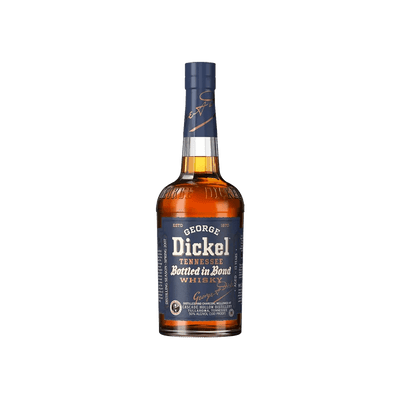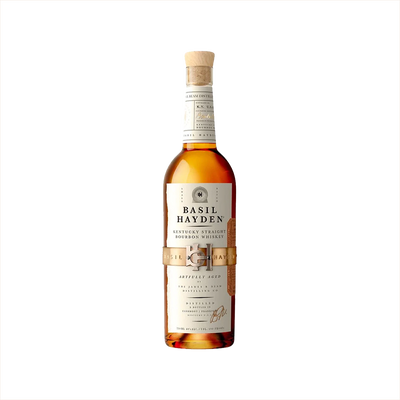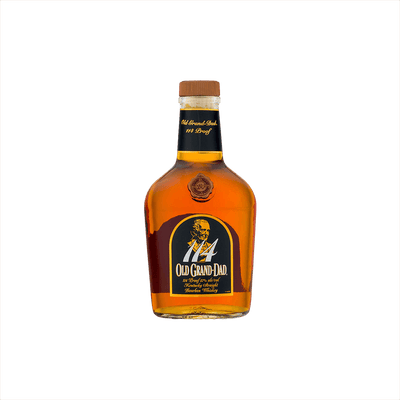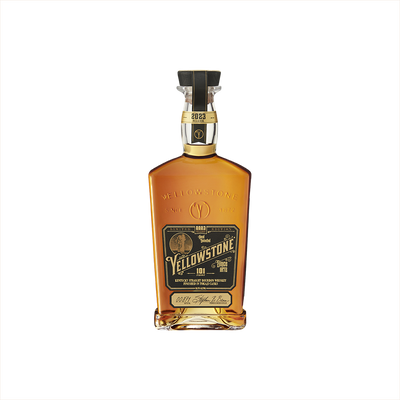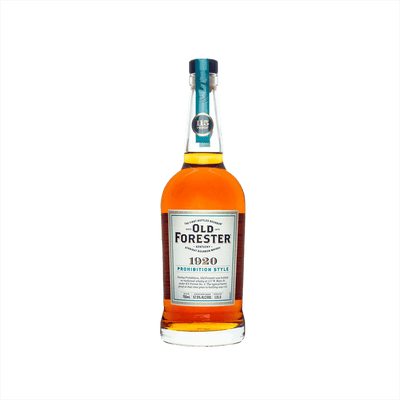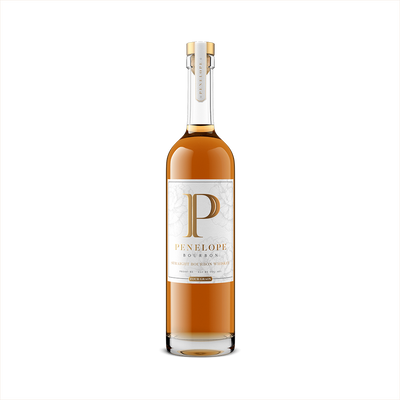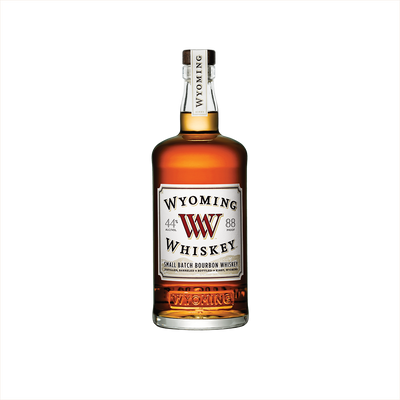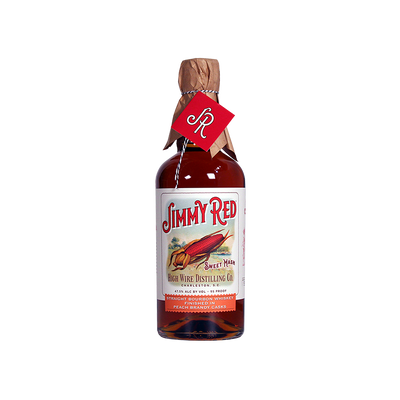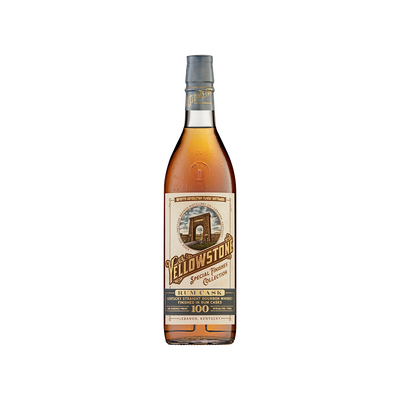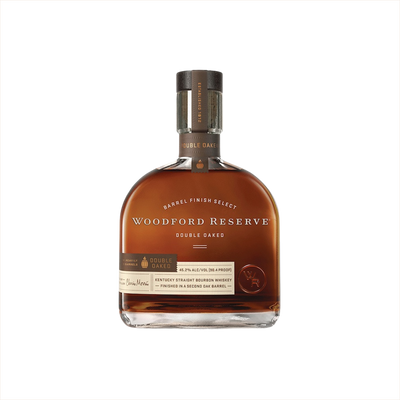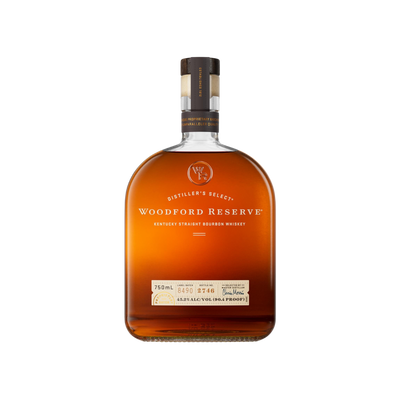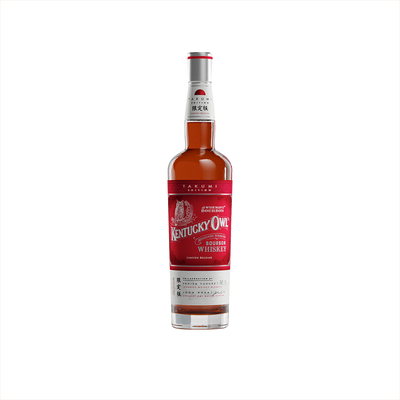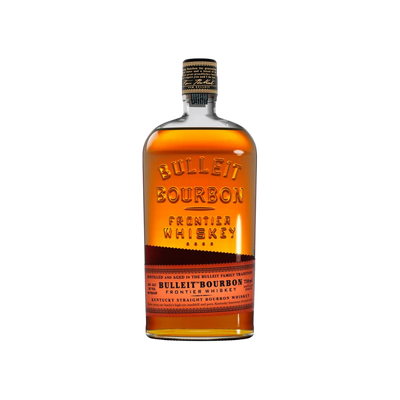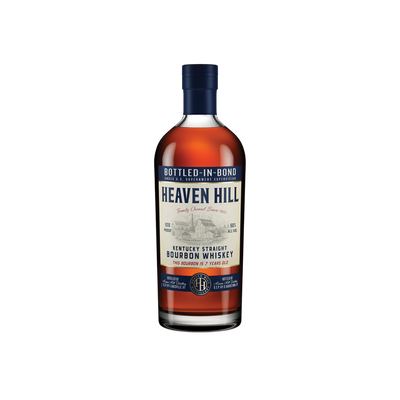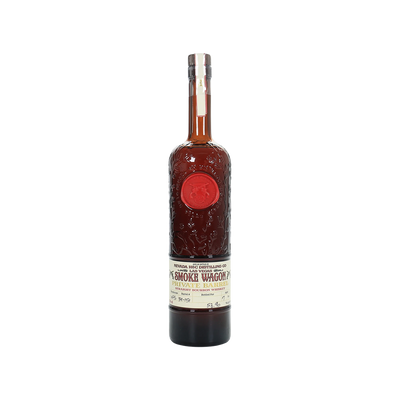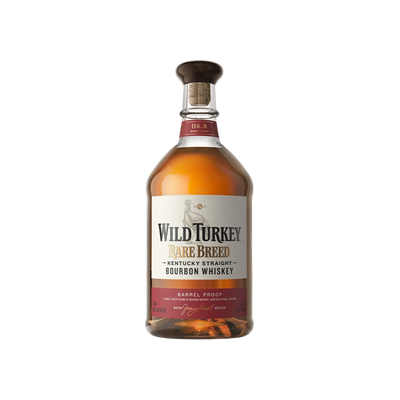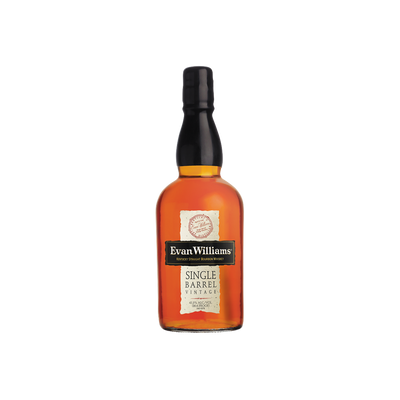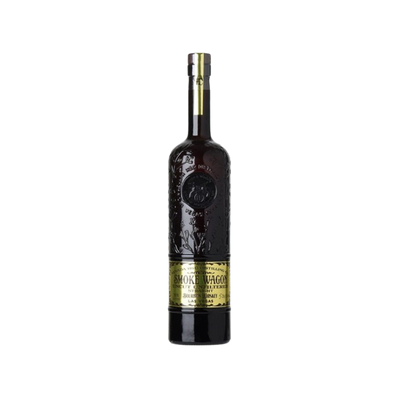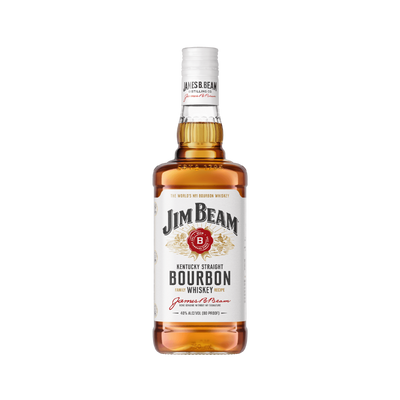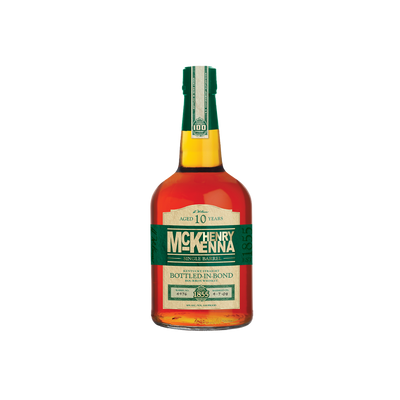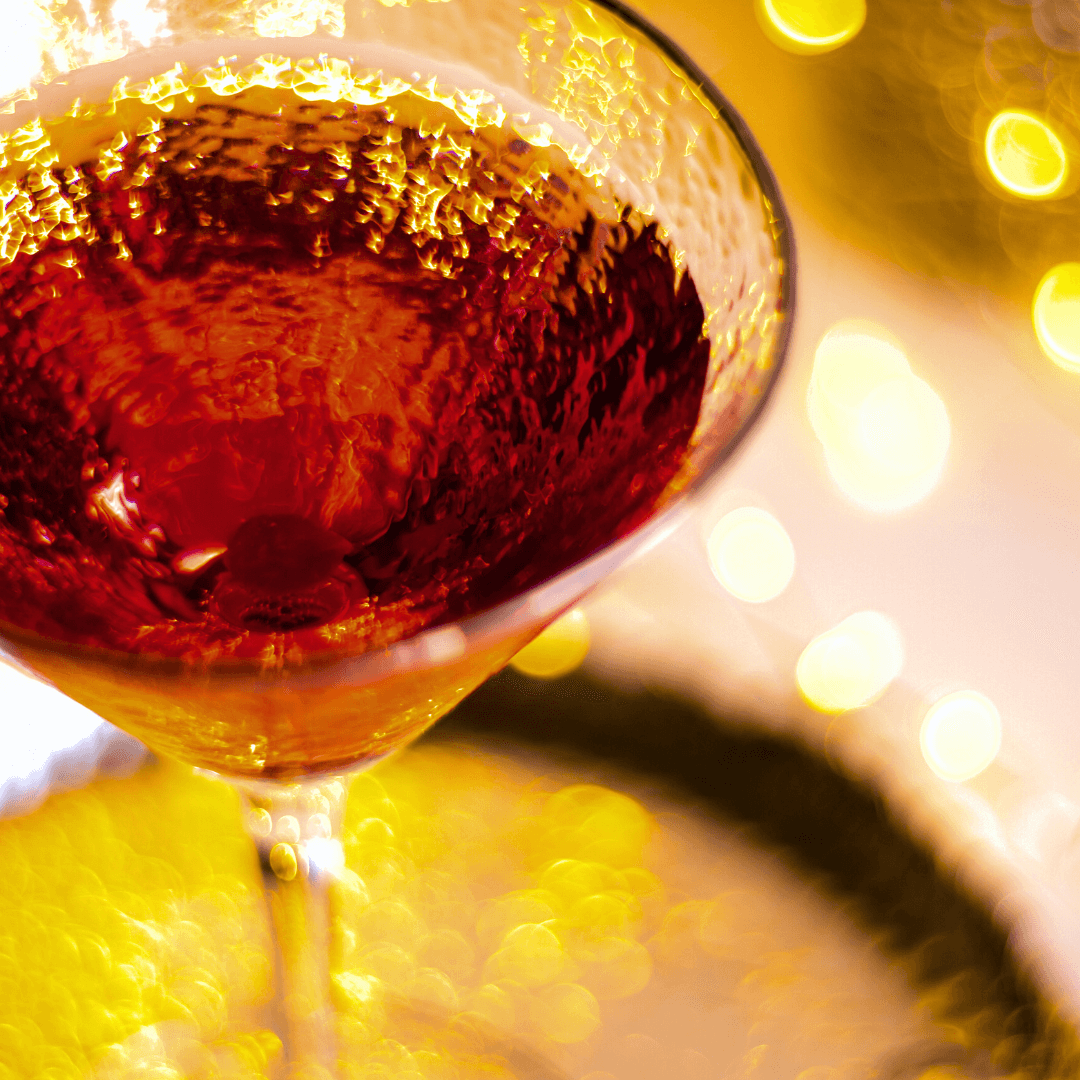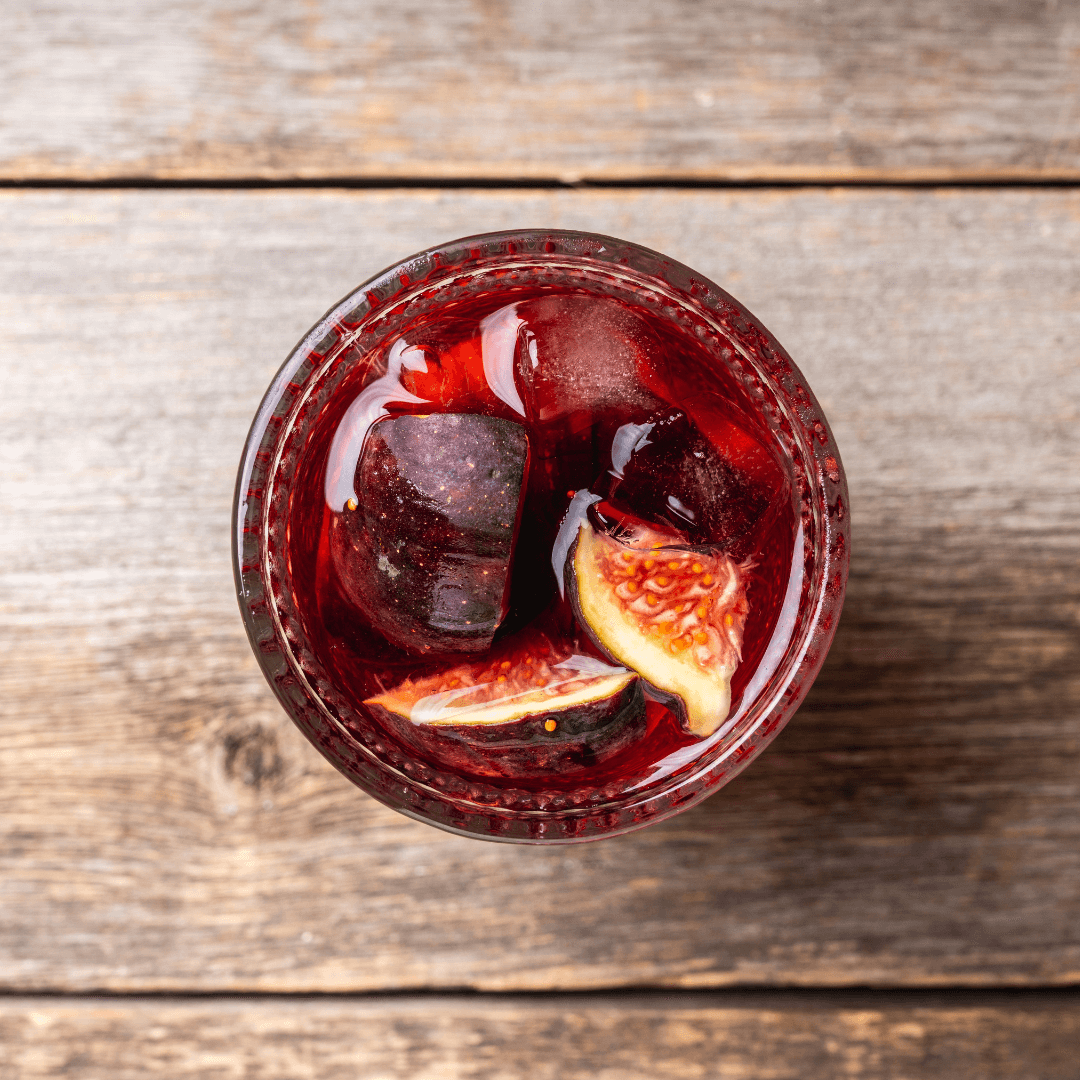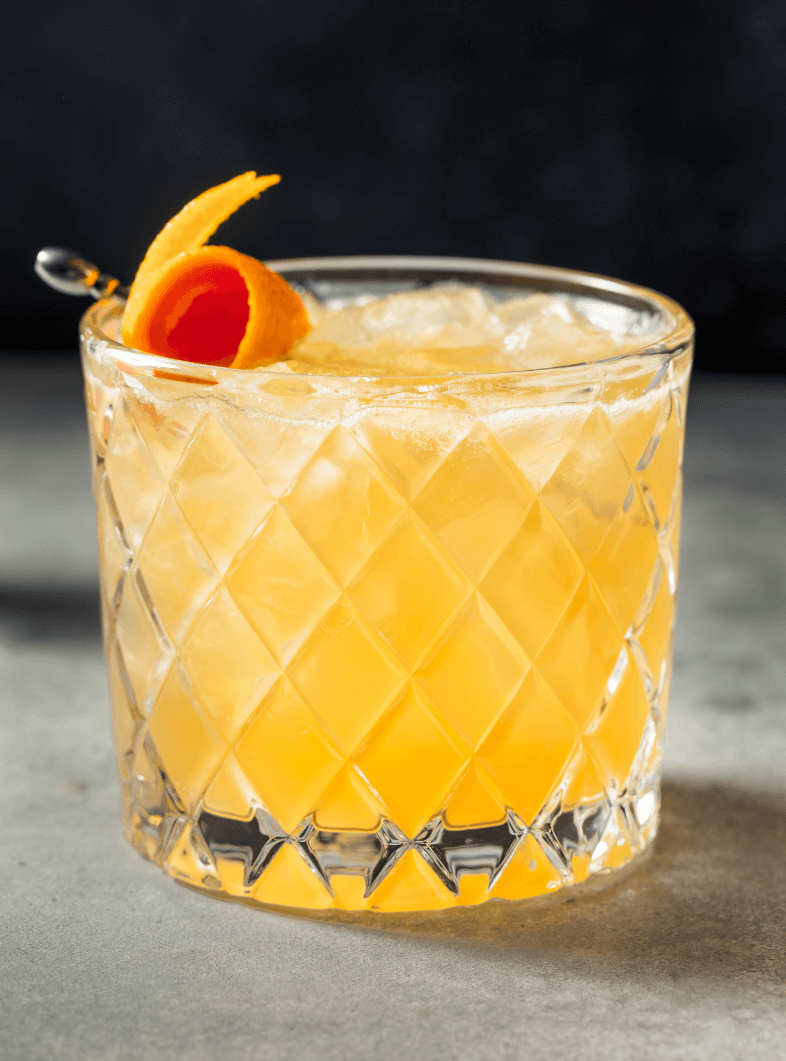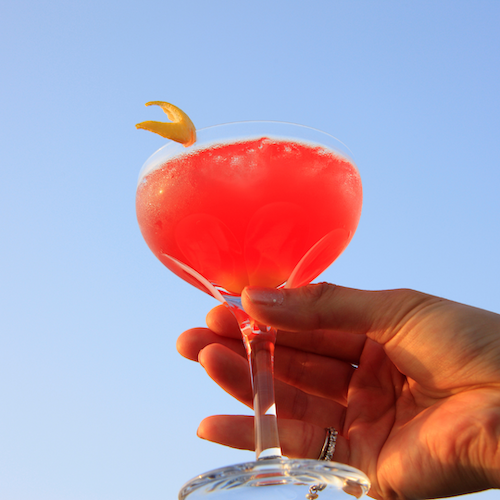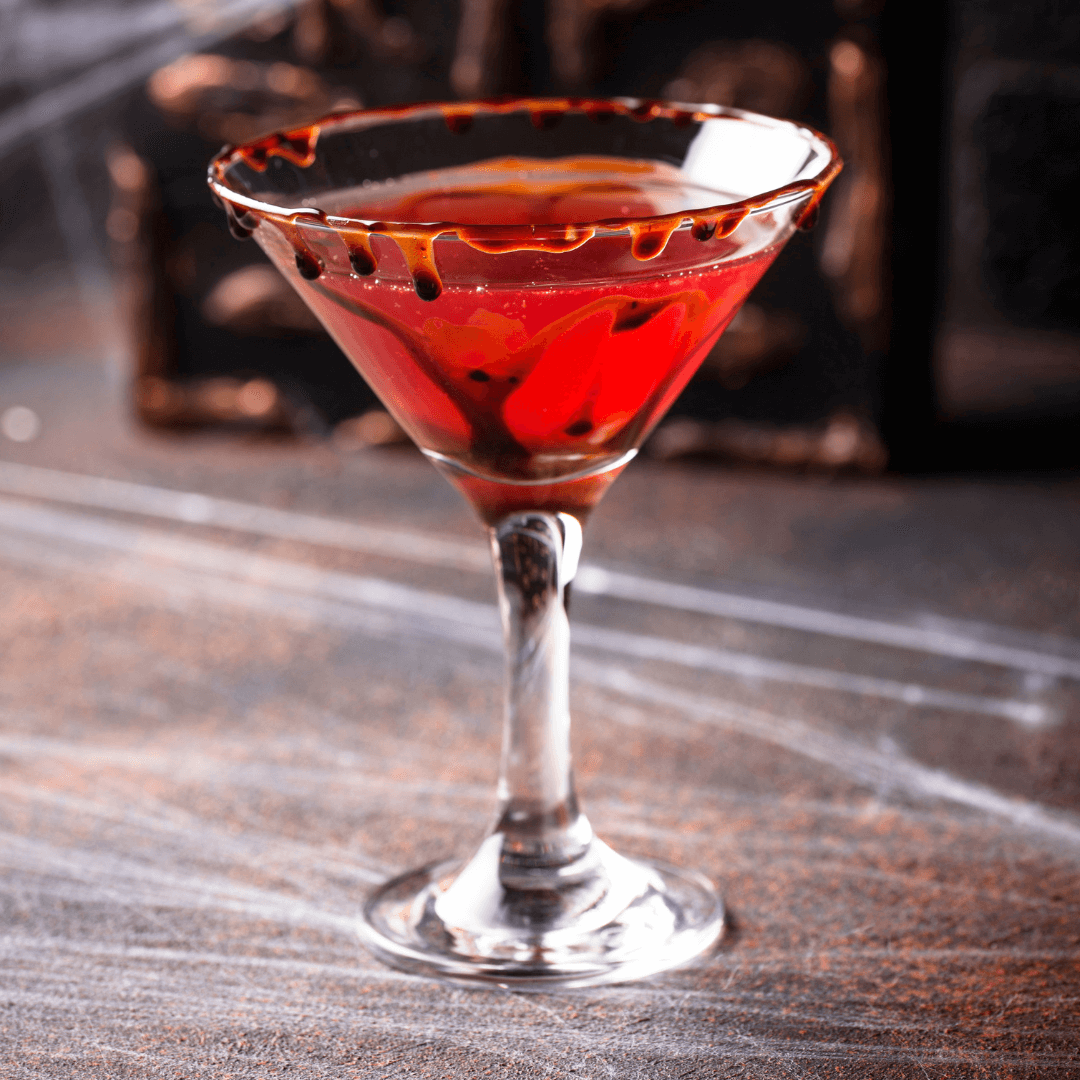Bourbon Whiskey
What is Bourbon Whiskey?
Bourbon is a distinctly American style of whiskey that must be made from a mash bill containing at least 51% corn and aged in new, charred oak barrels. This corn-forward grain recipe gives bourbon its characteristic sweetness and vanilla notes, while the fresh oak barrels impart rich caramel and spice flavors that define the category. To legally carry the bourbon name, it must be distilled to no more than 80% alcohol by volume, entered into barrels at no more than 62.5% ABV, and bottled at a minimum of 40% ABV—with no artificial flavors or colors allowed.
Learn More About Bourbon Whiskey
What makes Bourbon Whiskey unique?
Bourbon stands apart from other whiskeys through its strict legal requirements: it must contain at least 51% corn in its mash bill, be distilled in the United States, and aged in new charred oak barrels with no minimum aging period (though straight bourbon requires at least two years). This high corn content gives bourbon its characteristic sweetness and body, while the new oak barrels impart vanilla, caramel, and spice notes that you won't find in Scotch or Irish whiskeys that use previously used barrels. Unlike other American whiskeys such as rye (which requires 51% rye) or wheat whiskey, bourbon's corn-forward recipe creates a rounder, more approachable flavor profile that's become synonymous with American whiskey craftsmanship.
How is Bourbon Whiskey made?
Bourbon starts with a mash bill that must contain at least 51% corn, combined with other grains like wheat, rye, or malted barley, which gets fermented with yeast to create a beer-like wash. This wash is then distilled twice in copper pot stills or column stills, coming off the still at no more than 160 proof, before being aged in new, charred oak barrels at no higher than 125 proof. The magic happens during aging, where the whiskey draws vanilla, caramel, and spice notes from the charred oak while the seasonal temperature changes push the spirit in and out of the wood, concentrating flavors and developing that signature amber color.
How do you drink Bourbon Whiskey?
Bourbon shines when sipped neat or on the rocks, allowing you to appreciate its full complexity of vanilla, caramel, and oak flavors that develop from years in charred barrels. While some folks enjoy it as a shot, bourbon truly excels in classic cocktails like the Old Fashioned, Manhattan, Mint Julep, and Whiskey Sour, where its robust character holds up beautifully against mixers and bitters. Bourbon cocktails are perfect for cooler months and cozy gatherings—think autumn evenings by the fire, holiday parties, or any time you want something warming and substantial to match the season's heartier mood.
How do I choose a good Bourbon Whiskey?
Start by considering your intended use—if you're mixing cocktails like Old Fashioneds or Whiskey Sours, opt for a higher-proof bourbon (100+ proof) that won't disappear behind other ingredients, while sipping neat calls for something smoother around 80-90 proof with flavor notes you enjoy. Look at the mash bill information on the bottle: higher rye content brings spice and complexity perfect for cocktails, while wheated bourbons offer softer, sweeter profiles ideal for slow sipping. Don't get caught up in age statements alone—some younger bourbons pack more punch and character than older, mellower expressions, so taste within your budget range and trust your palate over fancy marketing.
Nutritional Information
Typical Calorie Range per Ounce: 64-70 calories
Typical Carbohydrate Range per Ounce: 0 grams
Typical Sugar Range per Ounce: 0 grams
Typically Gluten Free: Yes
While bourbon whiskey starts its life from grains that contain gluten (corn, wheat, rye, and barley), the distillation process removes gluten proteins, making most bourbon safe for those with gluten sensitivities. That said, production methods can vary between distilleries, and some people with severe celiac disease may still experience reactions. Always check the specific product information and consult with the manufacturer if you have concerns about gluten content.
Scrolled this far? Your reward? Bourbon Whiskey Trivia!
- The famous charred oak barrels that give bourbon its distinctive flavor can only be used once for bourbon production - but they don't go to waste. After their single bourbon career, these seasoned barrels find second lives aging everything from Scotch whisky in Scotland to rum in the Caribbean, tequila in Mexico, and even hot sauce. Some distilleries have started creative barrel-aging programs for beer, wine, and coffee, meaning that Old Forester barrel might end up flavoring your morning brew.
- Bourbon gets stronger as it ages, not weaker like most people assume. While the liquid volume decreases due to evaporation (the "angel's share"), the alcohol percentage actually increases because water evaporates faster than ethanol in Kentucky's climate. A bourbon that enters the barrel at 125 proof might come out at 140 proof or higher after a decade. This is why many aged bourbons need water added back before bottling to bring them down to a drinkable proof.
- The limestone-rich water of Kentucky doesn't just taste good - it actually removes iron from the mash, which would otherwise turn bourbon black and give it a metallic taste. This natural filtration process is so crucial that when distilleries expand to other locations, they often struggle to replicate the same flavor profile without Kentucky's unique geological gift. Some distilleries outside Kentucky actually ship in Kentucky limestone or install expensive filtration systems to mimic this effect.
- Prohibition didn't kill bourbon - it actually saved it. While most distilleries shut down, six were granted federal licenses to produce "medicinal whiskey" that doctors could prescribe for various ailments. These surviving distilleries, including what would become Buffalo Trace and Brown-Forman, had a massive head start when Prohibition ended in 1933. Meanwhile, the illegal moonshine market kept bourbon-making skills alive in hidden hollows across Kentucky and Tennessee.
- The rickhouse (aging warehouse) location dramatically affects bourbon flavor, sometimes more than the mash bill itself. Barrels stored on higher floors experience greater temperature swings, creating more interaction between whiskey and wood, resulting in deeper color and bolder flavors. Smart master distillers will rotate barrels or blend from different warehouse locations to achieve consistency. Some premium bottlings specifically highlight "honey barrels" from the warehouse's sweet spot - usually floors 3-6 where temperature and humidity create optimal aging conditions.
Higher-proof spirits can be intense. Mix carefully, taste thoughtfully, and enjoy responsibly.
Gift message (optional)


